The rumored Apple Glass could take advantage of force-sensing gloves, with a collection of sensors used to detect hand movements including typing on a virtual keyboard and how the user grips physical objects.
One of the main problems with virtual reality is that it requires the creation of alternate interaction systems. As the user is effectively blind to the local environment, they have to use handheld controllers to interact with the virtual landscape.
These handheld items are not necessarily the best answer to the problem, as it leaves the user unable to use their hands for other tasks. In the case of augmented reality, a user may want to be able to control a system but have their hands free to interact with real-world objects they can see.
In a patent granted to Apple on Tuesday titled "Segmented force sensors for wearable devices," Apple envisions the use of gloves that can sense the force of movement of a user, which can then be translated into an input.
The gloves contain multi-segment force sensors and signal aggregators, including the use of a mutual capacitive sensor, strain gauges, a force sensitive resistor, or an inductive sensor. In some cases, the mutual capacitive sensor could take the form of a gel-based dielectric layer.
These sensors are applied to flexible substrates that wrap around the user's hand in the form of a glove. Sensors could be laid out over multiple layers covering an area, enabling different types of force-related measurements to be taken at a point.
The sensors are located in specific positions to gather force data at major joints and points of contact for the hand. For example, the fingertips, across the top of the palm of the hand, the base of the hand, and around the knuckles.
The use of multi-segment force sensors could feasibly allow a greater sensitivity to measurements, to determine exactly how that part of the hand is being manipulated rather than just detecting a flat force or strain in one dimension.
For example, a force sensor may detect how much pressure a finger may offer when pressing down. A multi-segment force sensor could tell if the finger biases pressure to the pad or the tip, to one side or the other, or even how the finger rolls during a pressing motion.
While it is entirely possible such a system could determine things like keypresses on a virtual keyboard projected on a surface, it could also provide considerably more data for AR applications where the way a user interacts with a real-world object needs to be measured. Such a system could tell exactly how a user grips or manipulates the object in real time, which could be used to improve the AR app's presentation and interactivity.
The patent lists its inventors as John G. Elias, Ray L. Chang, Moshe H. Malkin, and Vivek Pant. It was originally filed on August 7, 2018.
Apple files numerous patent applications on a weekly basis, but while the existence of a patent filing indicates areas of interest for its research and development teams, it doesn't guarantee the idea will appear in a future product or service.
Apple has repeatedly looked into how gloves could be sued for AR and VR applications. In February 2021, it thought that magnets embedded in a glove could be used for gesture control, by detecting the presence and motion of magnetic fields.
In May 2020, Apple thought the introduction of wire actuators within clothing could provide forms of haptic feedback to the user, without using more bulky or power-consuming motors. At the same time, Apple was considering a "wearable interactive user interface," exploring how smart gloves could actually work with a computer system.
Force-sensing gloves have also surfaced in April 2019, though seemingly without the increased sensitivity of a multi-segmented force-sensing solution. Another idea from February 2019 offered the addition of haptic feedback for typing on a virtual screen projected to a surface, or an iPad display, by using gloves that squeezed the sides of fingers.
Stay on top of all Apple news right from your HomePod. Say, "Hey, Siri, play AppleInsider," and you'll get latest AppleInsider Podcast. Or ask your HomePod mini for "AppleInsider Daily" instead and you'll hear a fast update direct from our news team. And, if you're interested in Apple-centric home automation, say "Hey, Siri, play HomeKit Insider," and you'll be listening to our newest specialized podcast in moments.
 Malcolm Owen
Malcolm Owen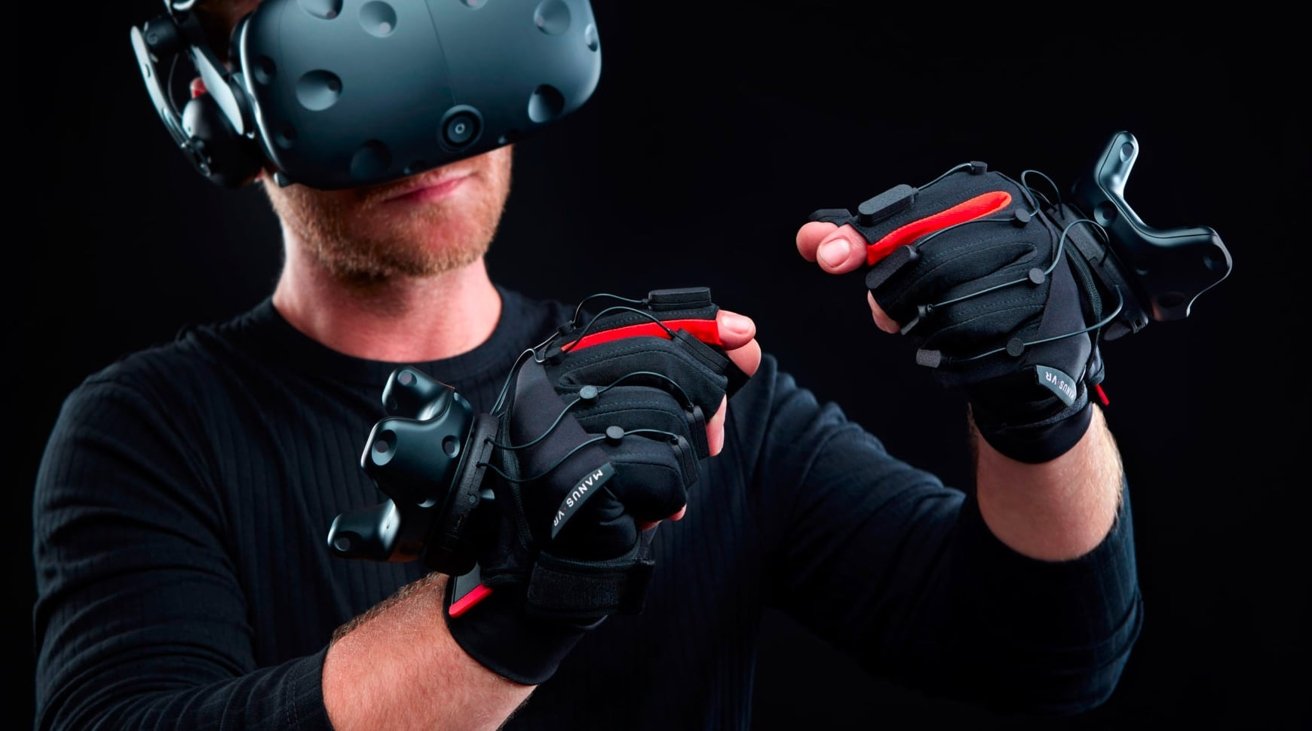
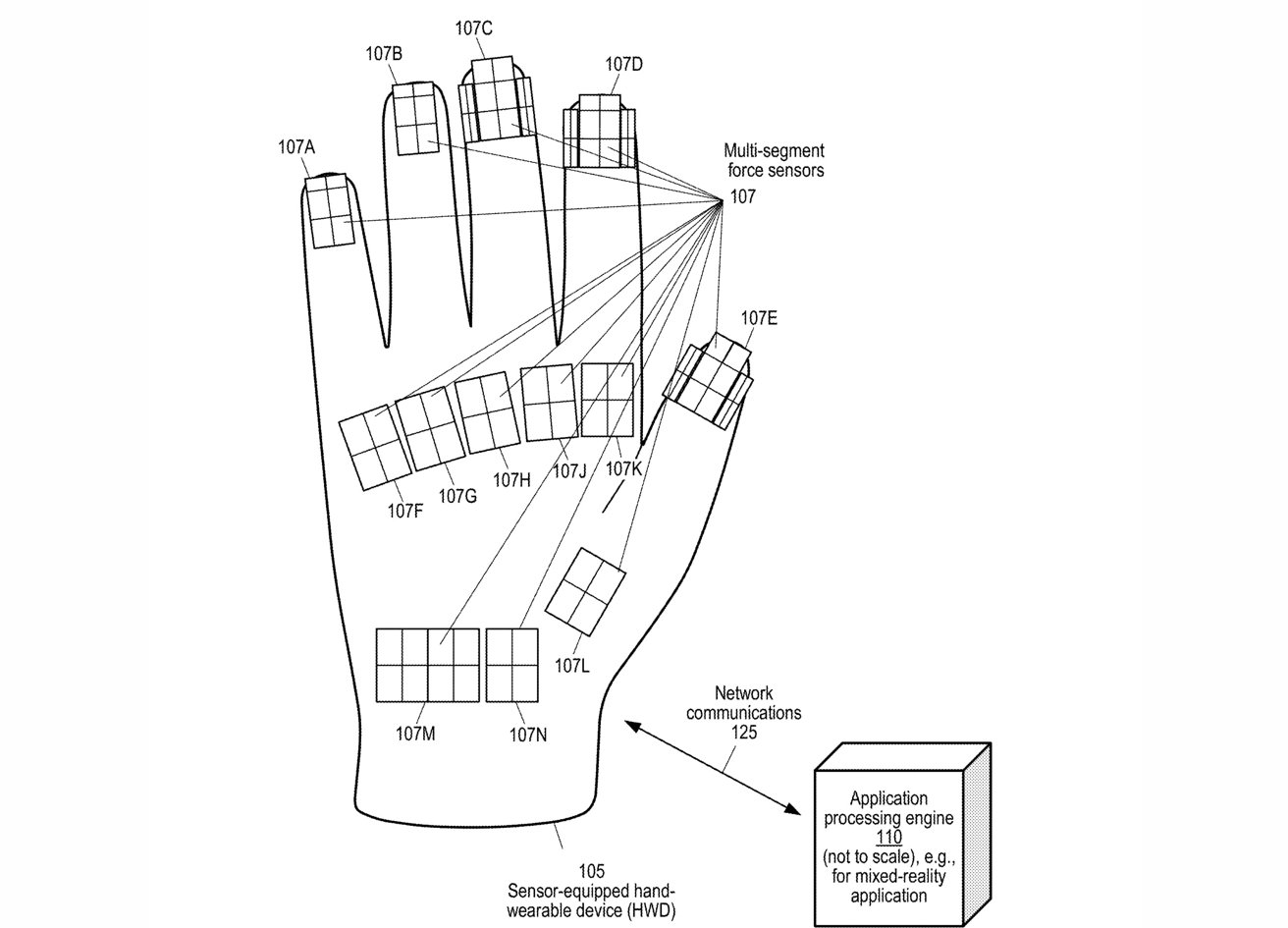
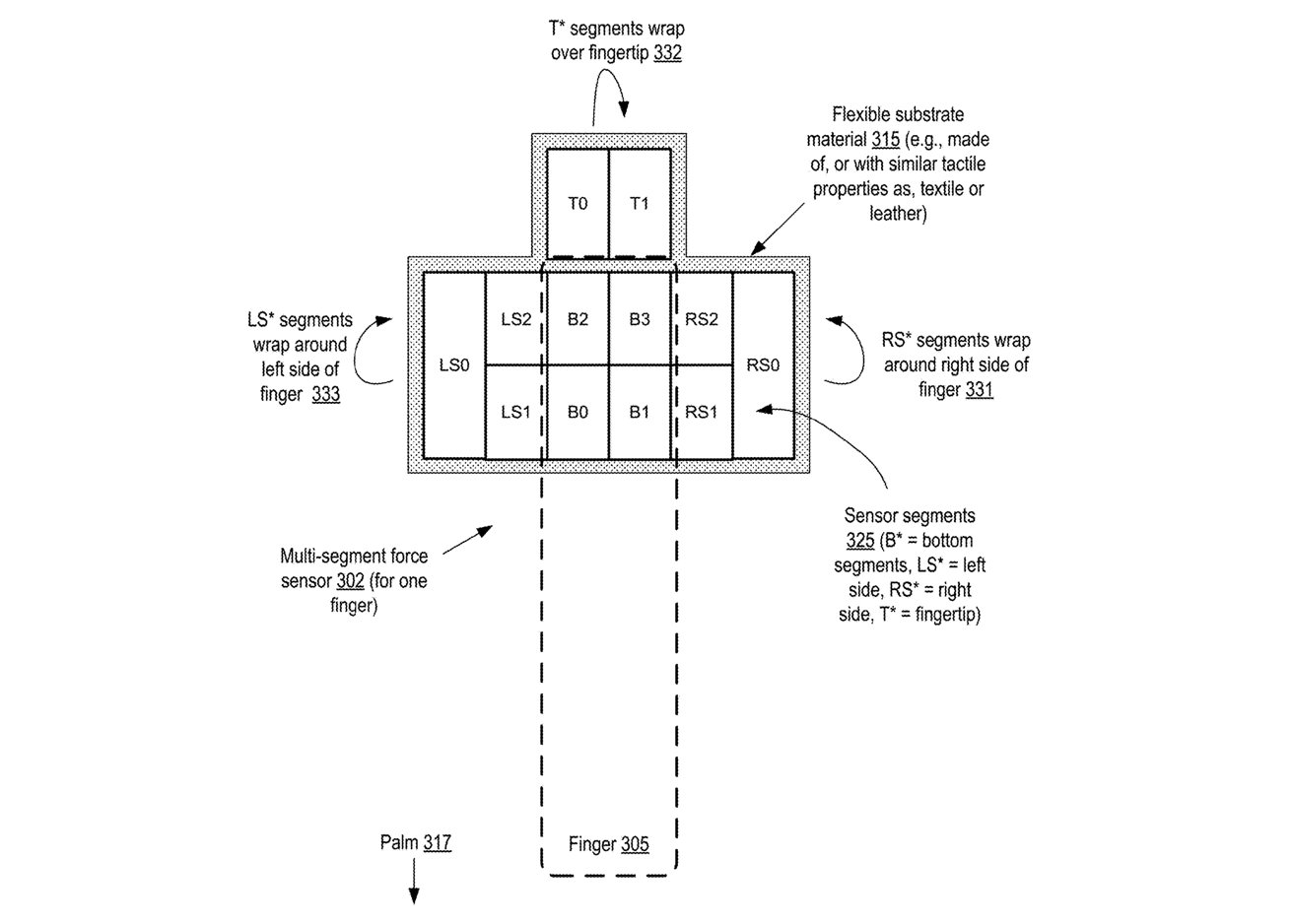
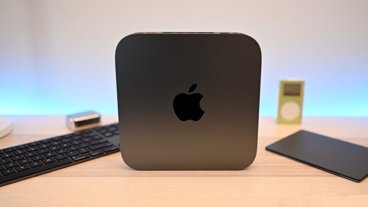
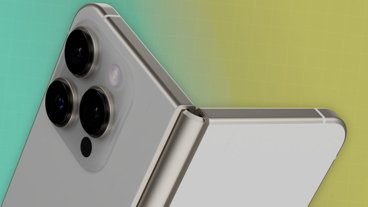
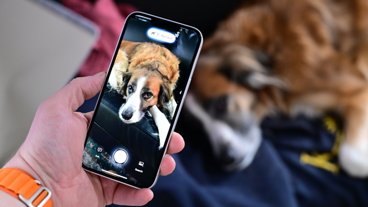




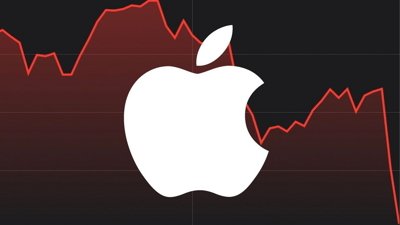

 Andrew Orr
Andrew Orr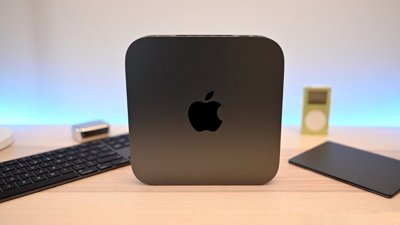
 William Gallagher
William Gallagher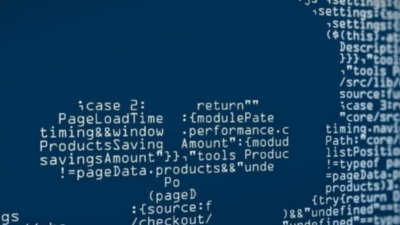

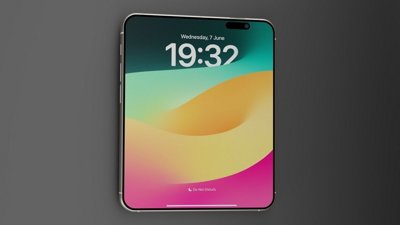

 Bon Adamson
Bon Adamson
 Marko Zivkovic
Marko Zivkovic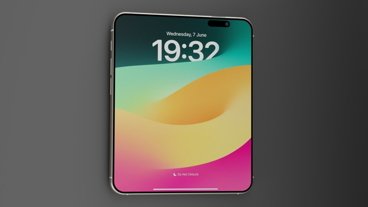
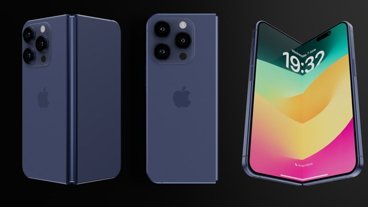
-m.jpg)






There are no Comments Here, Yet
Be "First!" to Reply on Our Forums ->